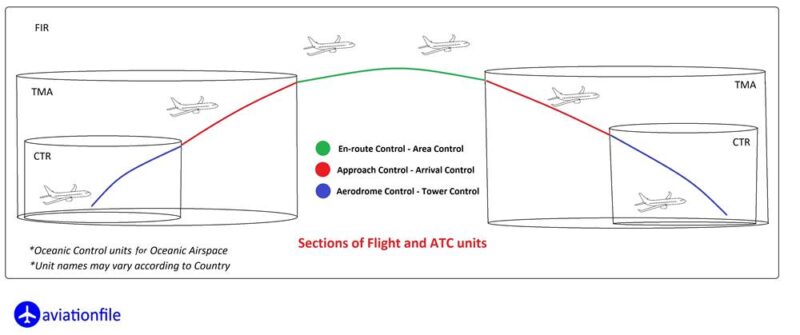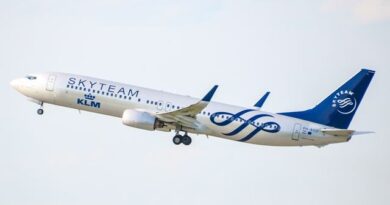Everything You Need to Know About Maximum Continuous Thrust in Aircraft
Maximum continuous thrust is a key term in aviation, crucial for understanding how aircraft engines perform. This article breaks down what maximum continuous thrust is, why it matters, and also its impact on aircraft operations.
What is Maximum Continuous Thrust?
Maximum continuous thrust is the highest amount of power an aircraft engine can produce and maintain over a long period. It’s different from peak thrust, which is used for short bursts of power. Continuous thrust is all about steady, reliable performance.
Why is Maximum Continuous Thrust Important?
- Efficient Performance: Knowing the maximum continuous thrust helps optimize engine performance, especially during long flights and cruise phases.
- Safety and Reliability: Operating within this limit prevents engine damage and also ensures it runs smoothly without overheating.
- Fuel Efficiency: Proper thrust management improves fuel use which makes flights more economical.

How Aircraft Use MCT
In commercial aviation, maximum continuous thrust is vital for cruising. The Federal Aviation Administration (FAA) sets guidelines to ensure engines can handle different flight phases efficiently and safely (FAA, 2023).
Key Factors Affecting Maximum Continuous Thrust
- Engine Design: Engine materials and design impact how well an engine can sustain continuous thrust. Companies like General Electric and Rolls-Royce focus on advanced materials and cooling systems (General Electric Aviation, 2023; Rolls-Royce, 2023).
- Operating Conditions: Altitude, temperature, and pressure affect engine performance. With this regard, engineers test engines under various conditions to ensure they work optimally (Rolls-Royce, 2023).
- Maintenance: Regular maintenance is essential. Routine checks help keep engines running smoothly and at peak performance (Boeing, 2023).
Measuring Maximum Continuous Thrust
Engine tests verify maximum continuous thrust by simulating extended operational conditions. These tests ensure engines can maintain their performance over time (AIAA, 2023).
Applications in Aircraft
- Commercial Aircraft: Aircraft engines use maximum continuous thrust during cruise to maintain speed and altitude efficiently.
- Military Jets: For military aircraft, sustained high thrust is crucial for various mission profiles and high-speed maneuvers.
Conclusion
Maximum continuous thrust is essential for both efficient and safe aircraft engine operation. Understanding and managing this key metric helps optimize performance and also ensure reliable flights.


